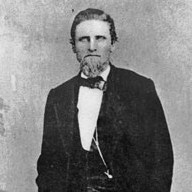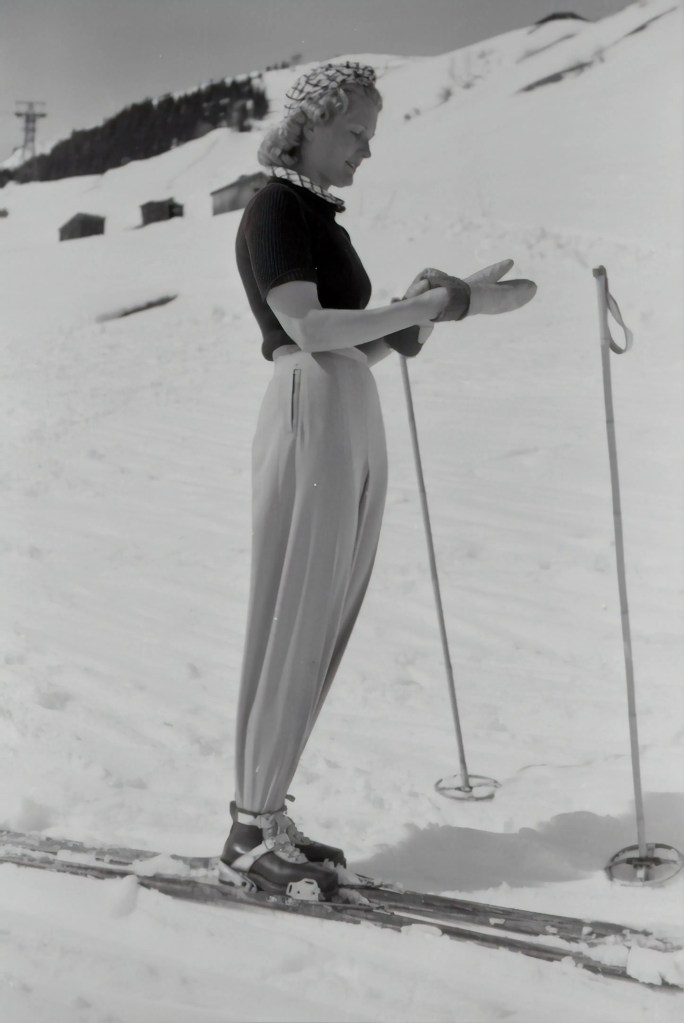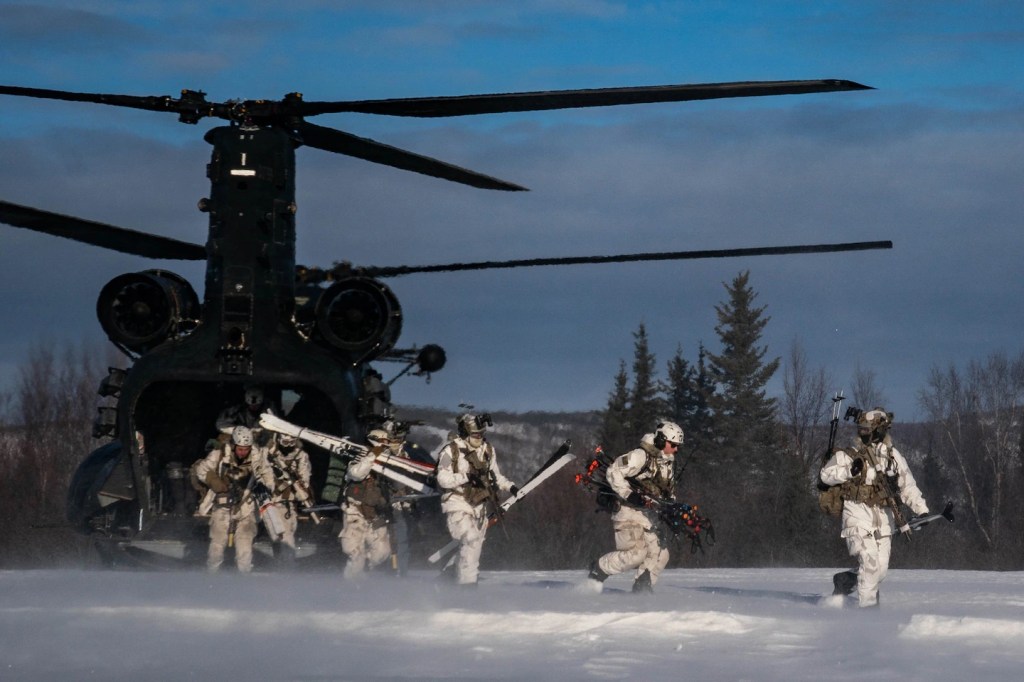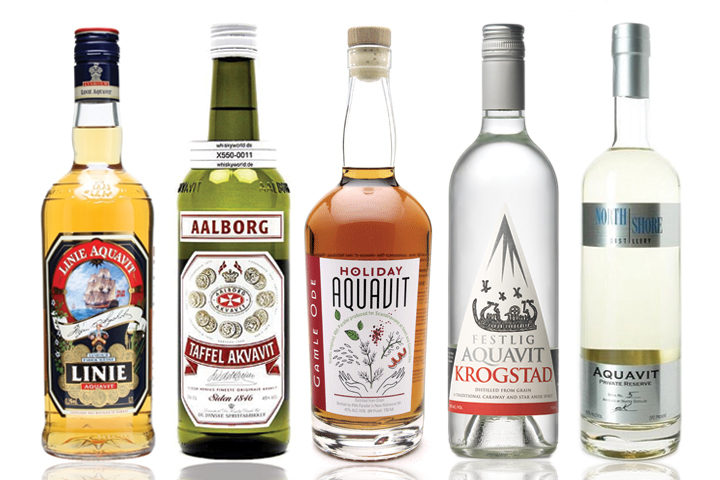Skiers in North America may know of ‘Snowshoe’ Thompson and ‘Jackrabbit’ Johannsen (photos from Wikipedia), two people of Norwegian origin who became known for pioneering skiing in this continent. The history of skiing here is peppered with the exploits of expatriate Norwegians, most of them peaceful purveyors of a perfectly pleasant pastime.


Skiing was first commercialized in Europe of course (see The Atlantic article “How Skiing Went From the Alps to the Masses” , or “When Did Ski Resorts Become A Thing? Let’s Hit The Slopes Of History” at theskilesson.com)

Where humans go, conflict follows, and so it has been with skiing. Many Olympic events derive from martial or combat skills, and biathlon is one of them. (video from Vox article “How ski warfare created biathlon“). This too, was developed by a Norwegian.
Well-known exploits of war and skiing include the Finnish resistance to Russia in WWII (from which we get the ‘Molotov cocktail’), and the intrepid Norwegian saboteurs of the Nazi heavy water program in Norway, popularized in the Kirk Douglas movie ‘The Heroes of Telemark’.

Here in the US, the business of skiing was pioneered by soldiers of the 10th Mountain Division after they returned from WWII. Having drawn thousands recurits and draftees from across the country and exposed them to the mountains in winter, some retained a yen for skiing after the war. Altigetgher they represented a crticial mass of energy and numbers, triggered in a positive way by their Army training. (reproduction and photo from Snowbrains.com)


Fed by an influx of interest and entrepreneurship, and fueled by post-war prosperity, highways, and real estate speculation, the ski business in the US got rolling. Abesnt all those factors coming together, recreational skiing wouldn’t have the same breadth of uptake and acceptance. In other words, skiing would likely have stayed a backcountry sport in the backwaters of recreational interests. Instead it became a sport pursued mostly by well-do-do or at least well-to-do-enough white people.
While the US has long had some kind of arctic warfare training, it has been pushed to the background by the fact that our conflicts of the past sixty+ years took place in tropical jungles or low-snow desert-like environments. However a recent article in the Washington Post indicates there may be a newfound interest in cold-weather warfare. (photos from Washington Post article “In the Arctic, American commandos game out a great-power war“)


At the time of WWII, skiing had not yet diverged into multiple disciplines and technologies. The equipment was still general-purpose. Post-war popularization of skiing followed the Alpine resort model: customers came to a ski resort on vacation, spent a douple of days learning to ski, and went home again. Specialized bindings, boots, and skis were developed to enhance the groomed-slope experience of skiing downhill at the expense of flexibility.
My interest is more specific to the cross-country or general-purpose form of skiing. Leaving aside the political-military issues and going straight to the commercial and recreational, I wonder: if war spurred the ski industry once, can it happen again? And if it did, how would the second rime be different from the first? One thing is for sure: in combat their won’t be any lif-service to get up the hills.
In the zoom-in on the photo of the soldier making their way in a wooded area,, it looks like the boots are fixed to a toe-clip binding, maybe NNN-BC or a backbountry pin binding. The skis appear to have skins, if I interpret the knob on the tip correctly. In the photo of soldiers exiting a helicopter, a ski and binding are clearly visible and well-lit, but the resolution isn’t sufficient to identify them. The skis look like conventional backcountry skis, and the binding could be almost anything.


It’s quite bemusing to try and lay out a scenario for how winter war would affect the ski business: Would a refocus on arctic warfare, requiring a general-purpose method to move over snow, reinvigorate skiing as a sport, or would it just result in mini snow machines? Would there be thousands of soldiers discovering that they actually like gliding across snow or would ski-borne movement be confined the smaller teams of Special Operations units? Given the high percentage of people of color in the Army, would they discover and delight in skiing, as many in the 10th Mountain Division did before them? Would these people then carry an appreciation of snowsports back to home? Given climate change, would there be enough snow in winter to be worth the bother? Might the sensibility of recreational skiing change, and could sports like biathlon or ski-orienteering become popular in this country?
Skiing is an ancient means of transport but a relaticely young sport. For all that, it’s gone through some big changes in a short time, and there’s more change to come. It’s enough to make me want to sit by the fire with a tumbler of Aquavit.

Thanks for reading.


